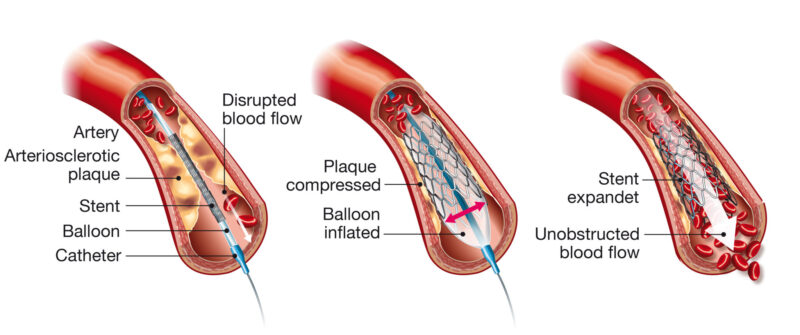Peripheral Arterial Disease (PAD)
We can diagnose and treat this life-threatening condition.
We can diagnose and treat this life-threatening condition.
The Center for Disease Control (CDC) reports that approximately 6.5 million Americans over the age of 40 have peripheral arterial disease (PAD), thus making it a more common condition than many patients may realize.
This condition develops and progresses as plaque continually builds up within a patient’s arteries, thereby gradually stagnating their blood flow and impeding their overall circulatory functioning.
Patients with PAD commonly experience the following symptoms, most often in the lower
extremities:
While some patients will find their condition responds well to lifestyle changes — such as increased exercise, weight loss, or smoking cessation — others may require clinical treatment to manage their symptoms and mitigate disease progression.
Thus, Pinellas Vascular is wholly focused on providing PAD care that leads to limb preservation.

Angiography testing utilizes a harmless dye or contrast, the likes of which is injected into a patient’s bloodstream. By monitoring the flow of the contrast through a patient’s circulatory system in real-time, they will be capable of identifying poorly functioning arteries.
Used in conjunction with ultrasound technology, balloon angioplasty is completed using interventional radiology techniques. Specifically, our physician will insert a catheter into the patient’s femoral artery and position it into the afflicted artery. Once they have positioned the catheter properly, they will inflate small balloon, the likes of which is designed to open the artery and restore blood circulation.

Stenting is often used as an extension of balloon angioplasty. That is, once a patient’s artery has been opened via angioplasty, our physician will place a small metal stent into the same vein, thereby supporting the arterial walls and keeping the artery open.
Should a patient’s condition merit it, their balloon angioplasty and/or stenting will be followed by an atherectomy. Minimally-invasive in nature, an atherectomy involves the process of carving the existing plaque out of the treated artery.
When you are ready to discuss treatment options, we look forward to scheduling a consultation with you.
Pinellas Vascular is ready to assist you with your vascular condition or concern. Send us a message and we will get back with you quickly.